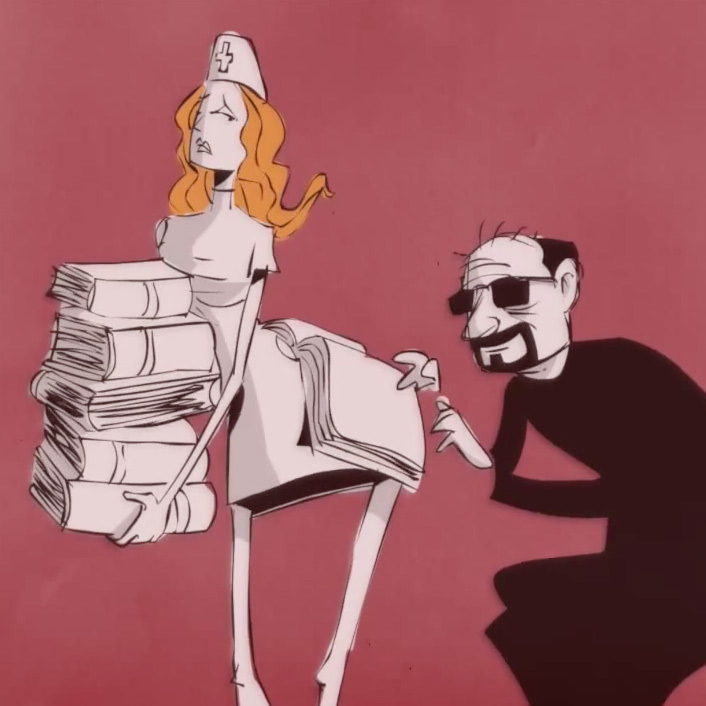Interview: PechaKucha’s Mark Dytham
As Heineken’s Your Future Bottle competition draws to a close we talk remixing and Kit Kat collecting

Advertorial content:
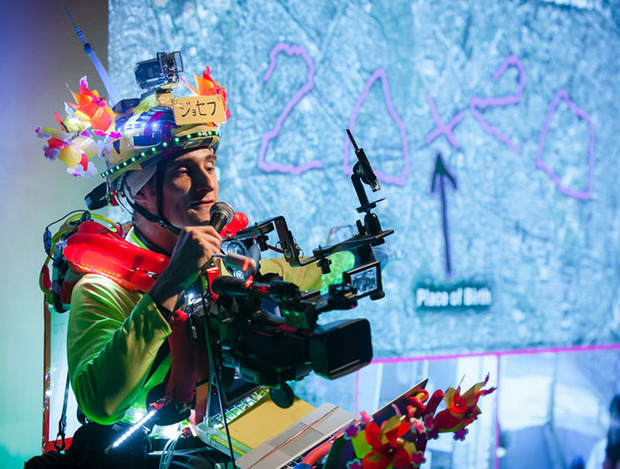
As Heineken‘s second annual Your Future Bottle Design Challenge comes to a close we want to encourage all aspiring designers to get their final designs submitted via Facebook before the 1 March deadline for the chance to have their work on display during Milan Design Week. To offer a last minute boost of creative inspiration we talked to PechaKucha founder and veteran Heineken Design Challenge judge Mark Dytham. With 10 years invested in PechaKucha, and SuperDeluxe, and more than 20 years at Klein Dytham architecture, Dytham is a busy man. The Tokyo-based creative spared some time to tell us more about himself and share insight into the interconnected relationship among his work and his idea of remixing across platforms.

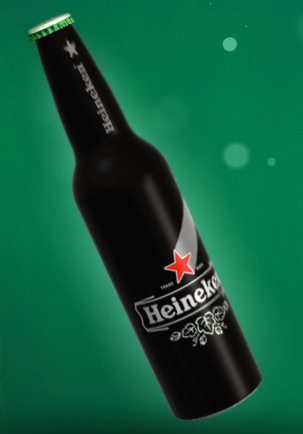
For fun, let’s start with something people don’t know about you.
You can talk about my Kit Kat box collection. I have 160 different flavors of Kit Kats. It really does reflect the economy of Japan—when Japan went into recession, lots of these one-offs didn’t happen. But now Nestle will do a new flavor of Kit Kat every six weeks. They have the traditional ones, but they have this flavored one which changes. And because Japan is about newness, you know, if they just sold the Kit Kat bar it wouldn’t survive. It has to be reinvented all the time. So it could be ginger ale flavor, it could be soy sauce flavor. I’m not joking…and regional flavors. There’s a lovely story there, but I just collect these boxes.
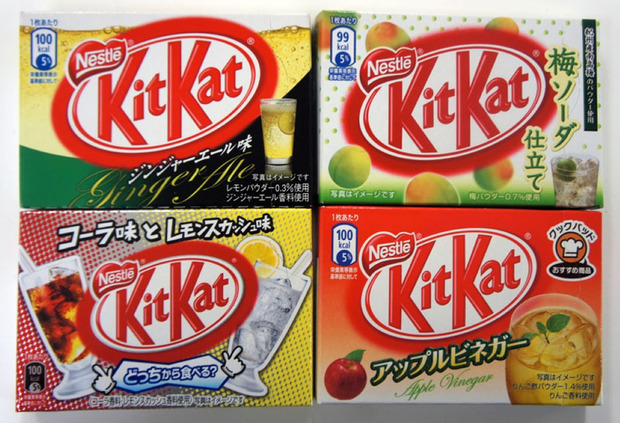
That’s really funny. Switching gears to business, can you elaborate a little on just what SuperDeluxe is and has become.
SuperDeluxe, our art space, has now been open for 10 years. We just had the anniversary. We call it our creative kitchen. Our first space in Japan was called Deluxe and it was a big warehouse—a co-shared space—which is very popular now in Japan, but we probably had the first co-shared space 15 years ago. We had lots of events, gallery shows and things like that. But it got bigger and bigger, and we got bigger and bigger, and we were having fashion shows for 400 people in our office. It was kind of getting in the way of our work. We decided to move all of the events from Deluxe into this new space, which we call SuperDeluxe. And we went from having one or two events a month to the potential of having 31 events, one a day. And it’s really become an institution in Japan, especially for traveling musicians and artists who can’t find a place to play.
This is where PechaKucha came from?
So, that’s how PechaKucha started, because we didn’t have enough events, so we had to invent some events. So we thought, well, we’ll do like a show-and-tell because digital photography had just started. We thought each month, get people to bring their digital photographs and we’ll show them and have a chit chat, you know. And to stop architects like me from droning on, we put a form of 20 slides, 20 seconds and offered the whole thing to the wind.
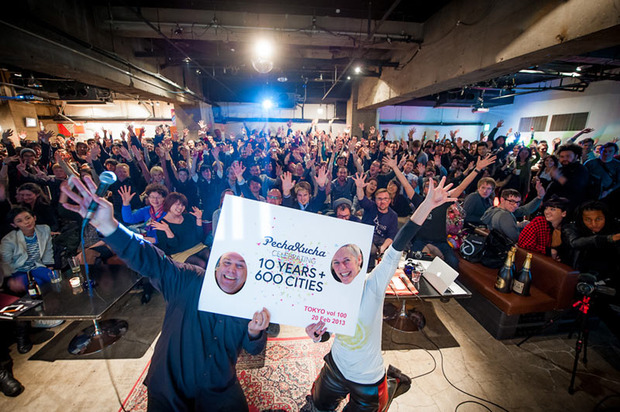
Now 10 years later, how have you’ve seen it evolve, how different is it from when you first started it?
It’s exactly the same, which is the brilliant thing. What has changed is the way that we communicate, there’s been a technology shift. I think what we discovered is we’re really a social network for cities where there isn’t a place where designers can meet and show their work. That’s really the clear thing. What’s happened is people discover there is fantastic talent that lives within the cities boundaries.
“There’s nothing social about Facebook or Twitter.”
It’s bottom up, it’s not about the talking head. It’s not about the personality of the person, it’s about the quality of their work. It’s about being social. We’re physical, it’s actually a physical social network. There’s nothing social about Facebook or Twitter. It’s digital to digital, but we’re digital to physical.

Being involved with both SuperDeluxe and PechaKucha for 10 years each now, do you feel they influence your vision as an architect?
Both SuperDeluxe and PechaKucha are important to our architectural process because they are institutions, we see lots of new things. It keeps us super connected, so there is kind of a method to the madness. It’s not just a fun thing. There’s all this creativity which is bubbling below us and it sort of imbibes itself in a very natural way into our work.
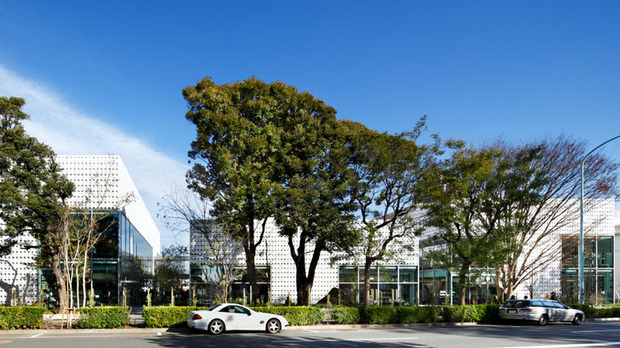
Can you give an example of remixing this creativity into your architecture?
We finished a bookstore—let’s call it a bookstore—in the middle of Tokyo a year ago called Daikanyama T-Site. It’s a collection of eight buildings, three of which are a large bookstore complex. It’s 80,000 square feet and it’s a massive success. It has totally reenergized the area and it has also totally made people rethink what bookstores are, especially when Barnes and Noble and Borders have gone bankrupt and are collapsing.
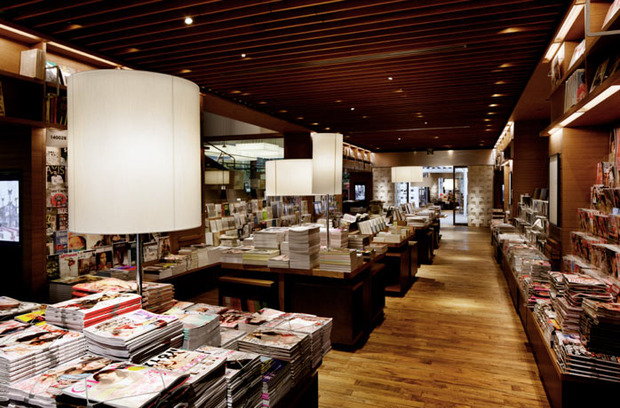
The key thing about this, it’s all about curation—of both the books and everything else that goes on around the books. There’s a section on cars. There’s a section on design. There’s a section on photography. Twelve big subject areas. But there are no other books, no history or religion books. It’s not a bookstore in the normal sense of the word. Those 12 sections are very, very carefully chosen.
“And you suddenly realize while you’re there, that books are never going to die.”
There are events, and there are product pushes and they’re all curated around these 12 key subject areas. It’s open from 7:00 AM until 2:00 AM. You have a convenient store, a cafe and a cocktail lounge, and it’s packed from morning until night. You suddenly realize while you’re there that books are never going to die. They realize that physical things are actually important and we’re seeing a shift to these stores to go back, to have real department stores, bringing curiosity to things around the world back to a space. And it has really made us rethink how retail works.
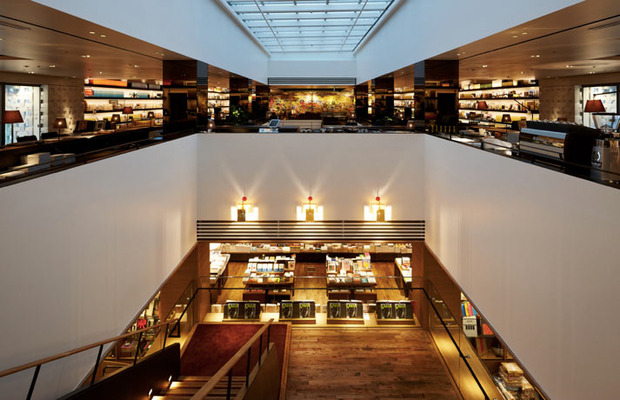
Sounds like a pretty incredible place. More directly though, how do you feel about the idea of remixing work?
I like the way that graphic designers are allowed to remix work, and it’s something which is a little bit frowned upon in the architectural world—to remix what you’ve already done. [Architecture is] always meant to be jumping forward, but I do think we do it in a different way—we remix the spirit of a project, the feeling of a project more than the actual physicality. I think this experience is basically about remixing your old ideas and experiences.
With just two days left we encourage all enterprising designers to download the design template through Facebook and submit by 1 March 2013 for the chance to have your work showcased in Milan alongside work by world’s most influential designers. Images courtesy of Mark Dytham.
